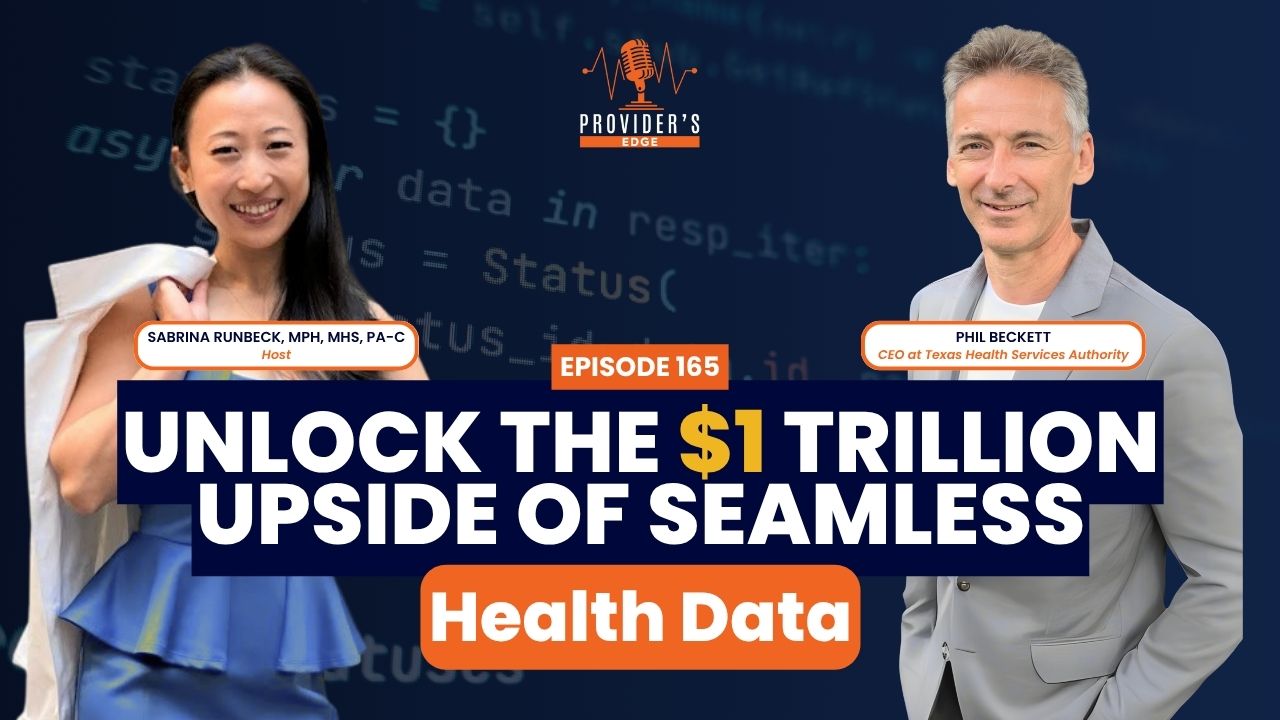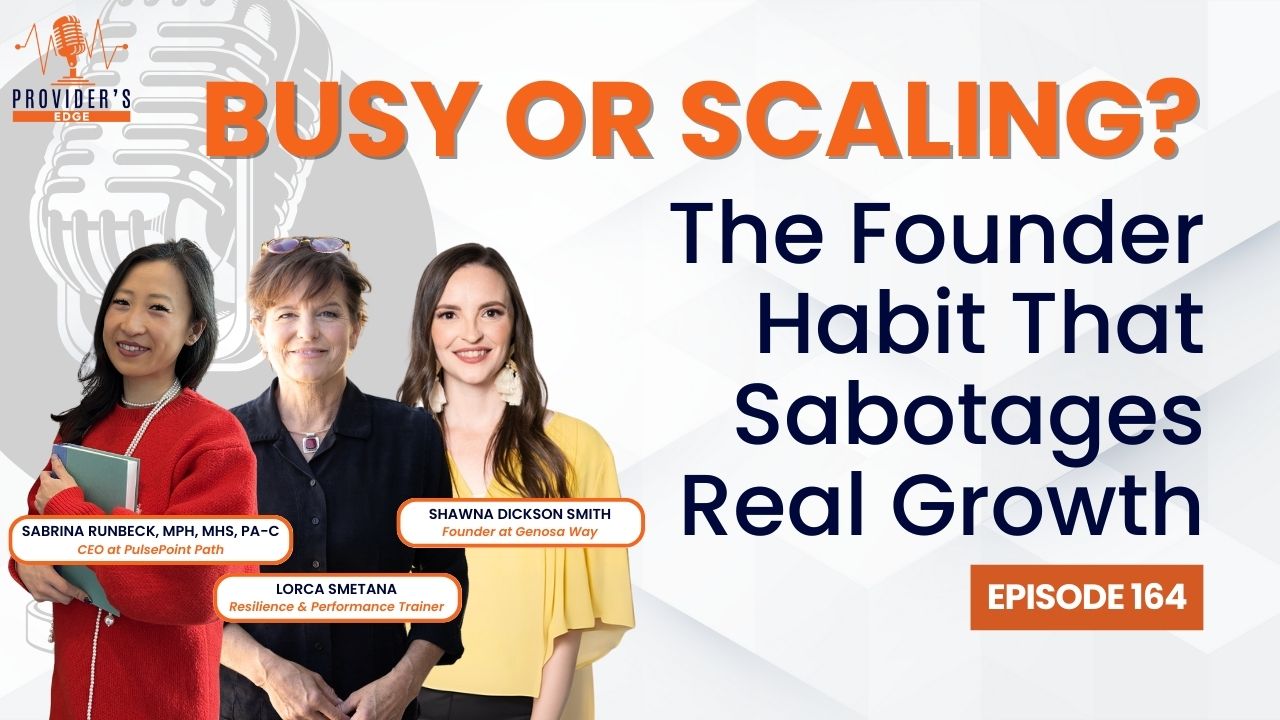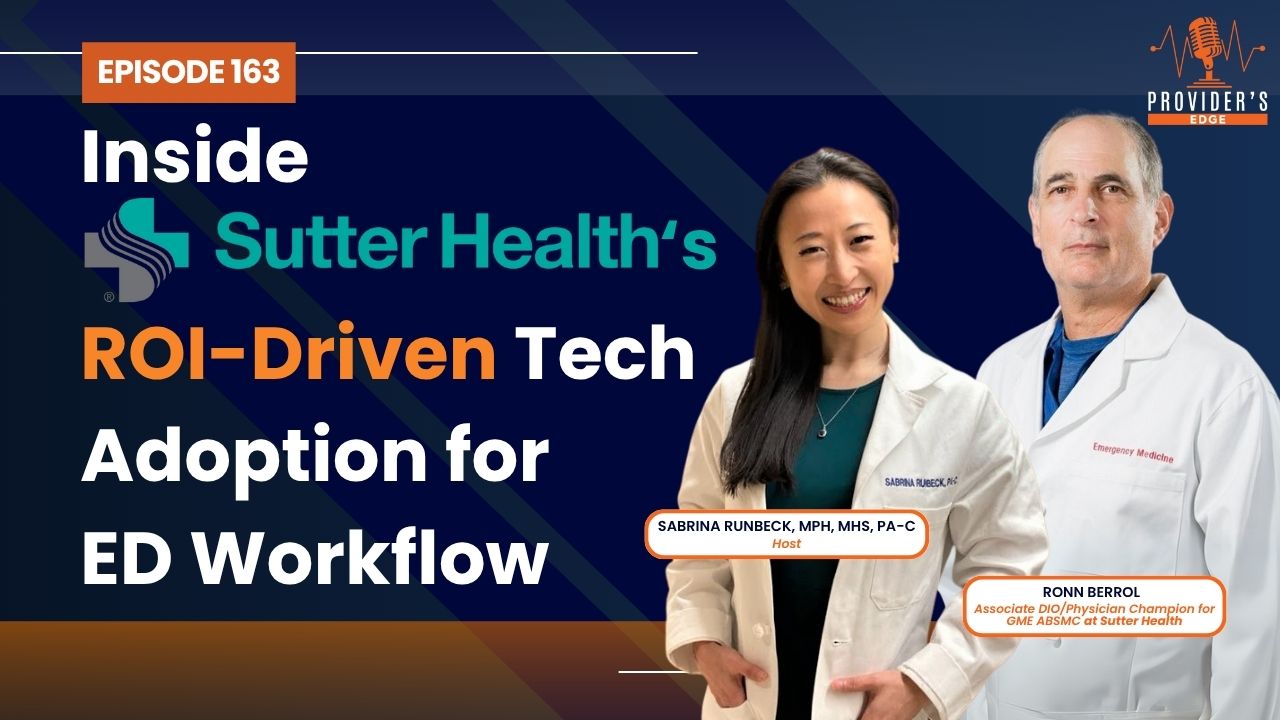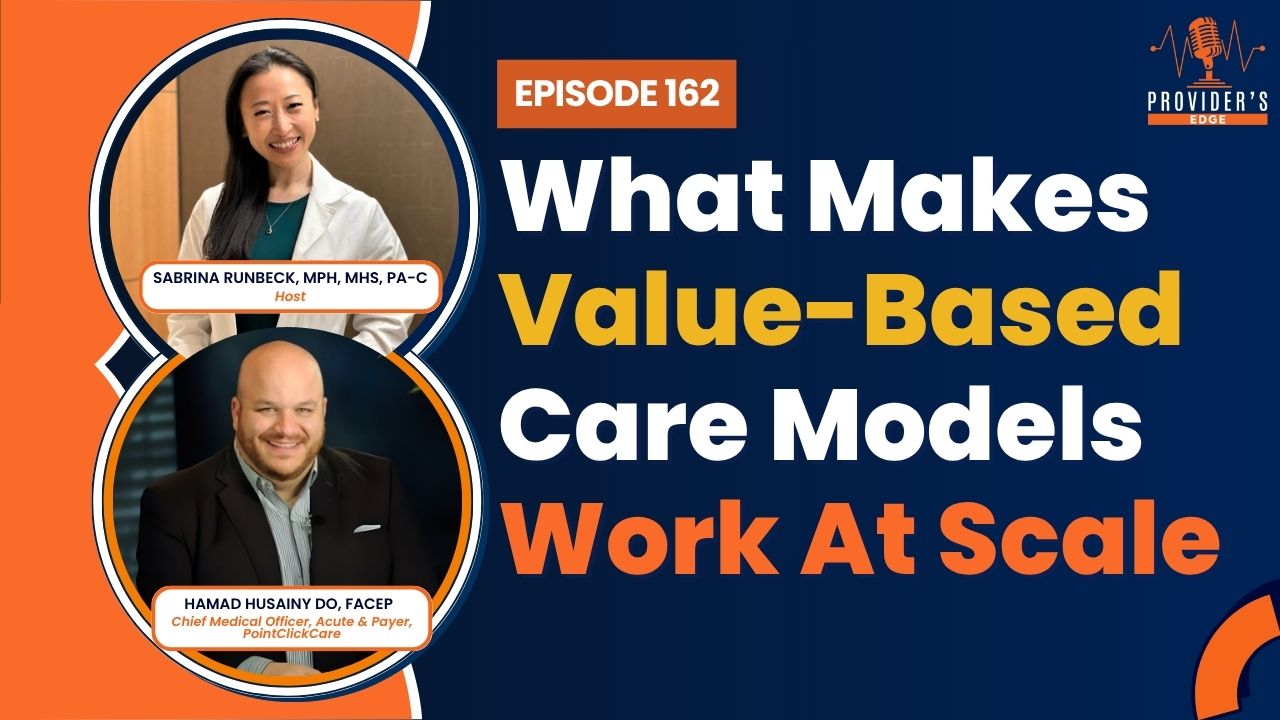
Economic Models for
Scalable Community Wellness
What if healthtech ROI wasn’t measured by revenue—but by remission?
That’s the question leaders like Phil Beckett, Executive Director of the Texas Health Services Authority, are asking as they rethink how we fund, measure, and scale healthcare innovation. The answer doesn’t lie in more features, more dashboards, or even more interoperability. It lies in reimagining the economics of care—from reactive treatments to proactive systems that prevent illness before it begins.
This isn’t theory. It’s already happening.
And it’s time investors—and founders—shift their focus accordingly.
Below, we explore what economic models for scalable community wellness actually look like, why they’re gaining traction, and how today’s smartest healthtech founders are positioning themselves ahead of the curve.
Listen anywhere you get your podcastin' on.
Live Interview

From Sick Care to Health Ecosystems: What Must Change
Most healthtech solutions are still funded, built, and measured around sick care.
Let’s break it down:
- Hospitals generate revenue from procedures, not prevention.
- Startups measure success by user growth, not reduction in ER visits.
- Payers reimburse treatment codes—not longitudinal health outcomes.
That means founders who design for wellness often struggle to prove value within legacy models. But the pressure is building. U.S. Medicaid spending is approaching one-third of state budgets in some regions. Chronic disease continues to climb. And workforce shortages demand more efficient, scalable solutions—not more patchwork fixes.
As Beckett shared in Episode 165 of The Provider’s Edge, the true breakthrough won’t come from digitizing old systems. It will come from economic models that reward what actually improves lives—and reduces cost.
The SimCity Model for Public Health
One of the most compelling ideas we discussed was this:
What if every city planner, policymaker, or health system executive could model their community’s health future—like a game?
Beckett’s team in Texas is exploring predictive AI simulations that allow communities to test various investments: What happens if we add five more community health workers? Build more parks instead of more hospital beds? Improve food access in specific zip codes?
This approach blends public health, data science, and fiscal modeling into one unified tool. And for investors, it offers something rare: foresight.
Instead of hoping a startup’s metrics line up over time, these models show real-time impact projections, enabling smarter funding decisions and better-aligned capital deployment.
Why Founders Need to Start Thinking Like Urban Planners
The best founders are already thinking this way—even if they don’t call it that.
They’re asking:
- Who are the hidden decision-makers that control budget flow?
- What systemic cost am I preventing—not just what feature am I adding?
- Can my product deliver ROI at a population level, not just an individual one?
Whether you're building in remote monitoring, behavioral health, agetech, or diagnostics, the question isn’t just “Does this work?” It’s “Does this create savings that stakeholders will pay for—and sustain?”
Founders who can tie their innovation to Medicaid savings, ER diversion, or workforce optimization aren’t just more scalable. They’re more investable.
Aligning Capital with Upstream Impact
This is where the funding strategy must evolve.
Today’s investors have the opportunity to move beyond binary metrics (CAC vs. LTV, revenue vs. burn) and begin underwriting based on systems-level impact:
- Does this solution reduce total cost of care in vulnerable populations?
- Does it integrate into workflows with minimal retraining?
- Does it generate consistent usage without behavior reinforcement campaigns?
When tech is designed with alignment in mind—from reimbursement models to frontline workflows—it gets used. And when it gets used, it creates measurable impact.
That’s what Beckett and teams like his in Texas are pushing for: a future where data isn’t just interoperable, but actionable. Where AI doesn’t just diagnose, but forecasts. And where community health becomes a fundable, repeatable outcome.
Where This Leaves You (Investor or Founder)
If you’re an investor:
- Start asking for metrics beyond MRR. Ask about avoided ER visits, increased primary care engagement, or workforce retention improvements.
- Prioritize companies that understand public-sector funding mechanisms and can work within Medicaid frameworks.
- Look for platforms that can serve both commercial and vulnerable populations—without requiring separate infrastructures.
If you’re a founder:
- Design for sustainability, not subsidy. Grants can start a pilot, but you need a repeatable model to stay in-market.
- Learn the language of budget holders—hospital CFOs, city health planners, payers. What do they want reduced, not just improved?
- Model your impact not only per patient, but per community served.
Because the companies that can do this will be the ones shaping—not just surviving—the next generation of healthcare.
_______________________________________________________________
If you're an investor focused on upstream value, long-term outcomes, and system-wide scalability—Phil Beckett’s work in Texas shows what’s possible when economics align with impact.
And if your portfolio includes healthtech founders building for community health, PulsePoint Path can help those companies grow with less risk and more strategic clarity:
- Leadership Maximizer: Align executive teams, reduce vision drift, and make the right strategic hires before it's too late.
- Pathfinder: Conduct SWOT-driven evaluations to help founders double down on traction—not distractions.
- Capital Readiness Scorecard: Catch burn risks early, streamline operations, and prepare for investor-grade due diligence.
- HealthTech Showdown: Give your strongest ventures the mic—our stage puts them in front of decision-makers who write checks, not just clap.
_______________________________________________________________
About Sabrina Runbeck
Sabrina Runbeck, MPH, MHS, PA-C helps healthcare technology companies scale sustainably—without burning out their teams or running out of cash. She is the Co-Founder of PulsePoint Path and works alongside a 12-integrated board of advisors to help founders make strategic decisions that multiply impact and protect capital. Her signature 5D Integrated System helps companies move beyond one-dimensional problem solving—what they think the issue is—and instead, builds an Empowered Ecosystem across leadership, team dynamics, and systems alignment. This is how founders evolve from early traction to 10x growth. Sabrina is also a TEDx speaker, former Cardiothoracic Surgery PA, and trusted advisor with over 15 years of experience in public health, neuroscience, and business acceleration.
Recommended Podcast Episodes
Be a guest on our show
The Provider's Edge show is always looking to feature healthcare change-makers and celebrate the work they are doing to improve healthcare.
Together, we can encourage other healthcare entrepreneurs and startup founders to up-level their businesses.
If you or someone you know could be a good fit as a guest on the show, please click on the bottom below to apply as a speaker.
Healthcare Entrepreneurs!
I can help you gain visibility and credibility in the right circles so you can accelerate your mission and profitability!
After overcoming burnout working in surgery, I went back to my roots in neuroscience and public health. I learned the importance of building key human relationships with my team throughout our organization.
While helping healthcare executives and entrepreneurs to get out of the day-to-day operation of their practice, I realized I needed more visibility and more connections to reach my ideal clients.
Once I set out to be highly visible in the right circles, I was able to leverage my network of strategic partners to convert clients 5x higher than any other marketing channel I had tried previously.
Now I help healthcare change-makers to accelerate their impact and increase profitability by gaining visibility and credibility with the right strategic partners.
My clients no longer worry about where their next client is coming from, the need to plan additional budget for ads spending, or losing the ability to connect with others because their social media account is shut down.
If you want to share your social mission with the world and gain pivotal supporters that become loyal clients... then you are in the right place, with the right consultant who is also a recovered clinician.




